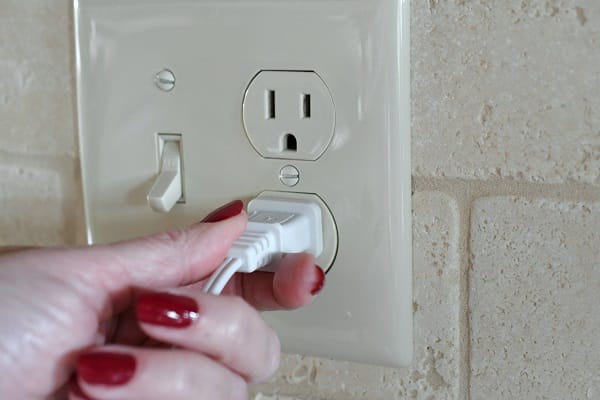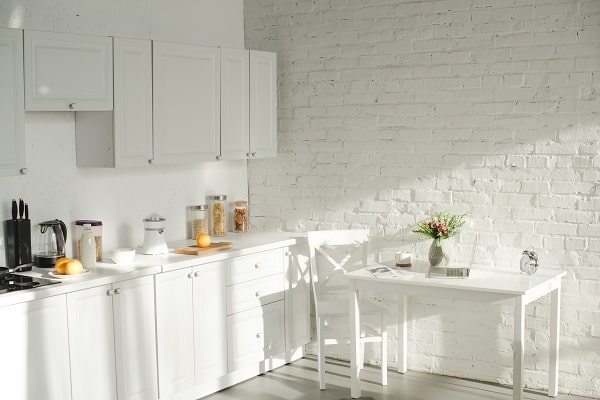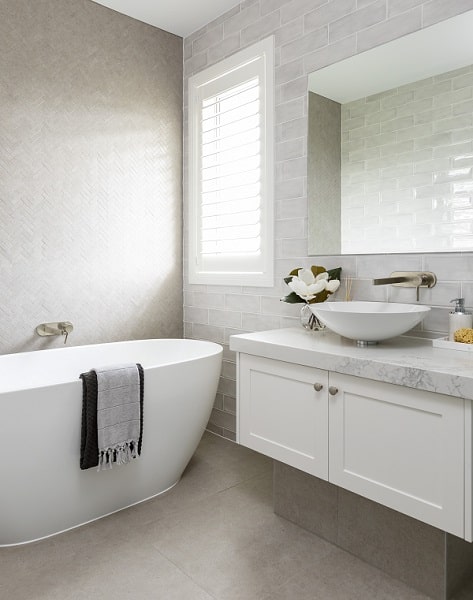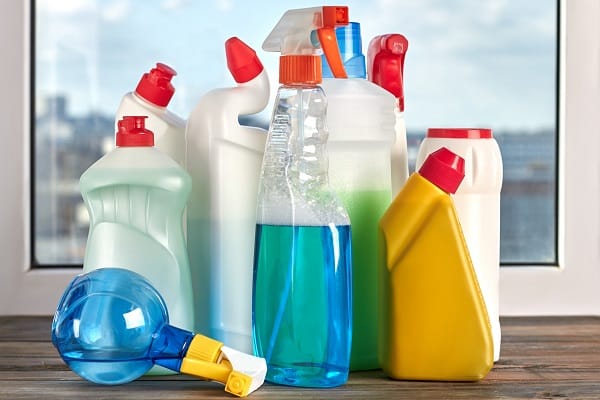Ensuring the safety of seniors at home involves more than just regular health check-ups and a comfortable living environment; it also requires a critical look at everyday household items. These items, often overlooked, can significantly increase the chances of accidents for the elderly. This article delves into the common yet potentially dangerous household items that could put seniors at risk, shedding light on the hidden hazards they present and offering practical solutions to enhance safety and prevent injuries. So, let’s take a closer look at what these items are and how you can make your home safer!
Contents
Throw Rugs And Loose Carpets

Throw rugs and loose carpets, while aesthetically pleasing and comfortable underfoot, are frequently responsible for trips and falls among seniors. These small floor coverings often lack the necessary grip, causing them to bunch up or slide, especially on hardwood or tile floors. The risk is compounded when these rugs obstruct high-traffic areas where seniors are likely to walk without paying special attention to their footing. To mitigate these risks, securing rugs with non-slip backings or double-sided tape is essential. Alternatively, removing these rugs or replacing them with safer flooring options can drastically reduce the likelihood of a fall.
In homes where throw rugs are cherished for warmth and comfort, regular checks and maintenance become crucial. Edges that curl up should be flattened or repaired, and any signs of wear that could compromise the rug’s stability should be addressed promptly. Educating seniors about the importance of cautious movement around these items can also play a significant role in preventing accidents. It’s not just about removing the hazards but also about fostering an environment where safety is a constant consideration.
Unstable Chairs And Tables

Furniture is meant to provide comfort and convenience, but when chairs and tables become unstable, they transform into safety hazards. Chairs that are too light can easily tip over when seniors rely on them for support, and tables that wobble can lead to spills, broken items, or worse, injuries if leaned upon. Regular inspection of furniture to ensure it is sturdy and in good repair is a simple yet effective way to prevent such accidents. Replacing unstable chairs with more robust options and securing loose table legs can make a significant difference in the safety of a living space.
Moreover, the choice of furniture style can impact safety. Chairs with arms can aid seniors in sitting down and standing up, reducing the risk of falls. Tables with rounded edges are preferable to those with sharp corners, which can cause serious injuries in the event of a stumble or fall. Ensuring that the furniture is appropriate for a senior’s mobility level is a key aspect of maintaining a safe home environment.
Electrical Cords And Plugs

Electrical cords and plugs are a common sight in any home, but their placement and condition can pose a severe risk to seniors. Cords that run across walkways or under rugs not only create tripping hazards but can also become fire risks if damaged or frayed. Organizing cords with clips and ties to keep them against walls and out of pathways is a straightforward solution. Encouraging the use of cordless appliances can also eliminate the need for long, trailing wires that can be easily overlooked.
The importance of proper cord maintenance cannot be overstated. Regularly checking for signs of wear and tear and replacing any damaged cords immediately helps prevent electrical hazards. Seniors should be reminded to unplug appliances when not in use, reducing the risk of electrical shorts and conserving energy. Simple habits, such as unplugging with the grip rather than tugging on the cord, can prolong the life of electrical items and maintain a safer living space.
Kitchen Utensils And Appliances

The kitchen, with its array of utensils and appliances, is a veritable minefield for seniors. Sharp knives left on counters, heavy pots and pans, and complex appliances can all lead to cuts, burns, or strains. Proper storage of knives in a block or on a magnetic strip can prevent accidental cuts when reaching for utensils. Similarly, storing heavy items at waist level allows for easier access without the risk of dropping them from a height.
Appliances with automatic shut-off features are a boon for senior safety, minimizing the risk of fire from stoves left on or irons that have not been turned off. Clear, simple instructions for appliance use can help seniors operate them safely, and regular checks should be made to ensure that safety features are functioning correctly. The kitchen should be a place of nourishment and enjoyment, not a hazard zone, and attention to the organization and maintenance of kitchenware is key to this.
Bathroom Accessories

Bathrooms are particularly high-risk areas due to the combination of hard surfaces and moisture. Common items like soap dishes, toothbrush holders, and even the seemingly benign toilet brush can become hazards if they cause a senior to slip or lose their balance. Non-slip mats inside and outside the shower or tub, as well as on any tiled surfaces, are essential. Additionally, seniors should consider the installation of grab bars in strategic locations to provide support where needed.
Hot styling tools, such as hair dryers and curling irons, should be used with caution. They should always be placed on a heat-resistant surface after use and never left unattended while plugged in. To avoid scalding, it’s also crucial to check and adjust the settings on water heaters, ensuring that the temperature is not set too high. Simple adjustments and the right accessories in the bathroom can make daily routines both safe and comfortable for seniors.
Cleaning Chemicals And Tools

Cleaning products are a necessity for maintaining a hygienic home, but they can be dangerous if not used with care. Harsh chemicals can cause respiratory issues or skin burns if they come into contact with the skin or are inhaled. It’s advisable to use milder, non-toxic cleaning agents and to ensure that the area is well-ventilated during cleaning. Storing these products in clearly marked containers and in an easily accessible yet secure location will prevent confusion and accidental misuse.
The physical act of cleaning can also pose risks, as it often involves stretching, bending, and lifting. Lightweight cleaning tools with extendable handles can minimize the need to perform these potentially hazardous movements. Vacuum cleaners should be light enough to move comfortably, and mops and brooms should have long handles to avoid bending. By selecting the appropriate tools and products, seniors can maintain a clean home without compromising their safety.
Take Steps To Ensure Senior Safety At Home
In every corner of a senior’s home, from the kitchen to the bathroom, there are items that could pose risks if not managed with care. Awareness is the first step towards prevention. By making small adjustments, such as securing rugs, organizing cords, and choosing the right kitchen and bathroom accessories, the home can be a much safer environment for seniors. Encourage regular reviews of household items for potential risks and consider upgrades or changes that prioritize safety. It’s these proactive measures that can make all the difference in preventing accidents and maintaining independence.


